Technological Innovations
Technological advancements play a crucial role in shaping the Underbalanced Drilling Market Industry. Innovations such as real-time monitoring systems, advanced drilling fluids, and automated drilling rigs are enhancing operational efficiency and safety. These technologies enable operators to optimize drilling parameters, reduce non-productive time, and improve overall performance. The integration of data analytics and artificial intelligence in drilling operations is also gaining traction, allowing for better decision-making and predictive maintenance. As a result, the market is witnessing a shift towards more efficient and cost-effective drilling solutions. The adoption of these technologies is expected to drive growth in the Underbalanced Drilling Market Industry, with companies increasingly investing in research and development to stay competitive in a rapidly evolving landscape.
Rising Exploration Activities
The Underbalanced Drilling Market Industry is witnessing a surge in exploration activities, particularly in untapped regions. As conventional oil and gas reserves deplete, companies are increasingly looking to explore unconventional resources, such as shale and deepwater reserves. Underbalanced drilling is particularly suited for these challenging environments, as it allows for efficient drilling while minimizing formation damage. The market is projected to grow as exploration activities intensify, with estimates suggesting a compound annual growth rate of 6% over the next five years. This trend indicates a robust future for the Underbalanced Drilling Market Industry, as companies seek to leverage advanced drilling techniques to access new reserves and enhance production capabilities.
Increased Demand for Oil and Gas
The Underbalanced Drilling Market Industry is experiencing heightened demand for oil and gas, driven by the need for energy security and economic growth. As countries strive to meet their energy needs, the exploration and production of hydrocarbons become paramount. This demand is reflected in the rising investments in drilling technologies, with the market projected to reach USD 5 billion by 2026. The underbalanced drilling technique, which allows for the extraction of hydrocarbons with minimal formation damage, is increasingly favored. This method enhances recovery rates and reduces operational costs, making it an attractive option for energy companies. As the global energy landscape evolves, the Underbalanced Drilling Market Industry is likely to benefit from this sustained demand, leading to further innovations and advancements in drilling technologies.
Regulatory Support and Incentives
Regulatory frameworks and government incentives are pivotal in shaping the Underbalanced Drilling Market Industry. Many governments are implementing policies that promote the use of advanced drilling techniques, including underbalanced drilling, to enhance resource recovery while minimizing environmental impact. These regulations often include tax incentives, grants, and subsidies for companies that adopt innovative drilling technologies. Such support not only encourages investment in the Underbalanced Drilling Market Industry but also fosters a competitive environment where companies are motivated to improve their operational efficiencies. As regulatory bodies continue to evolve their policies to support sustainable energy practices, the Underbalanced Drilling Market Industry is likely to see increased activity and investment, further driving growth in the sector.
Environmental Sustainability Initiatives
The Underbalanced Drilling Market Industry is increasingly influenced by environmental sustainability initiatives. As concerns over climate change and environmental degradation grow, energy companies are under pressure to adopt more sustainable practices. Underbalanced drilling, which minimizes the environmental impact of drilling operations, is gaining popularity as a viable solution. This method reduces the risk of formation damage and lowers the volume of waste generated during drilling. Furthermore, the use of biodegradable drilling fluids aligns with the industry's shift towards greener practices. Regulatory bodies are also encouraging the adoption of environmentally friendly technologies, which is likely to propel the Underbalanced Drilling Market Industry forward. Companies that prioritize sustainability may find themselves at a competitive advantage, as consumers and investors increasingly favor environmentally responsible practices.
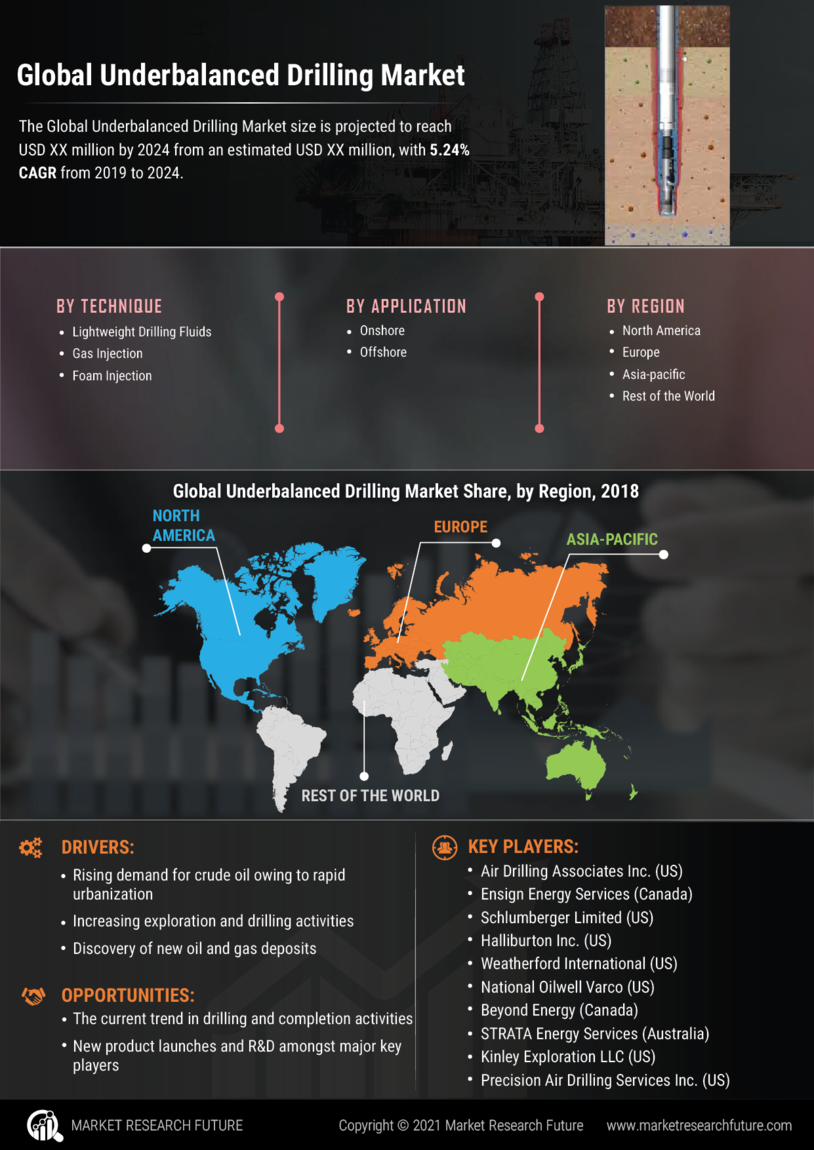

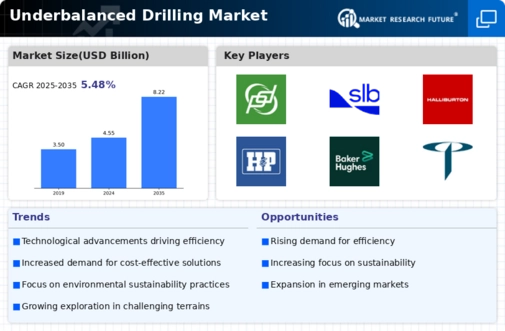
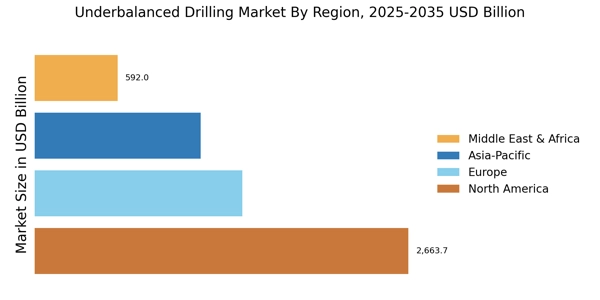

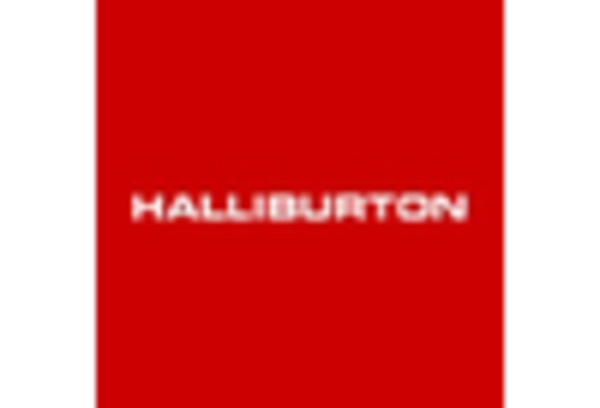
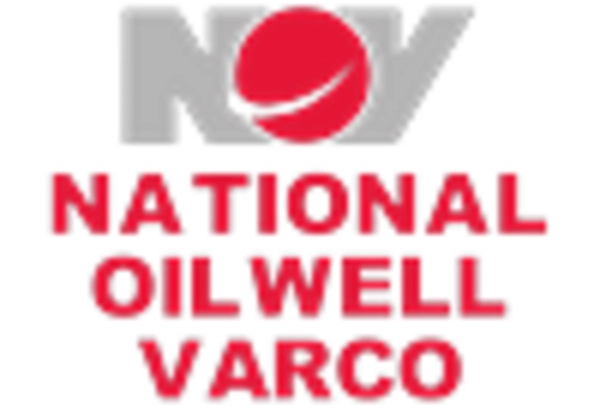
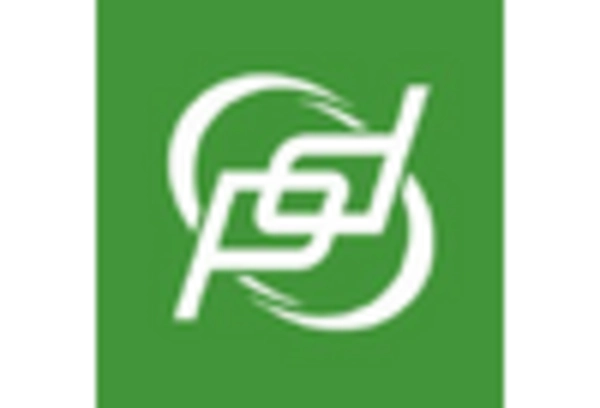
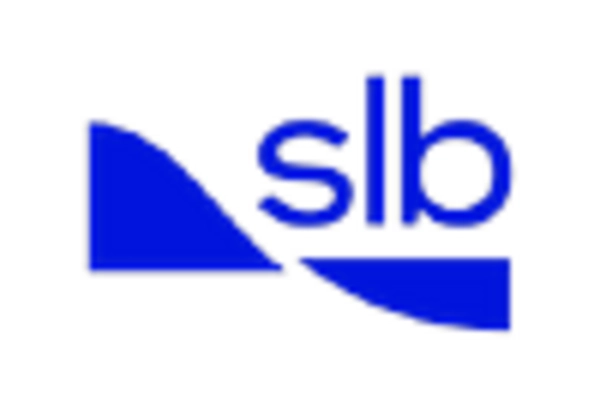
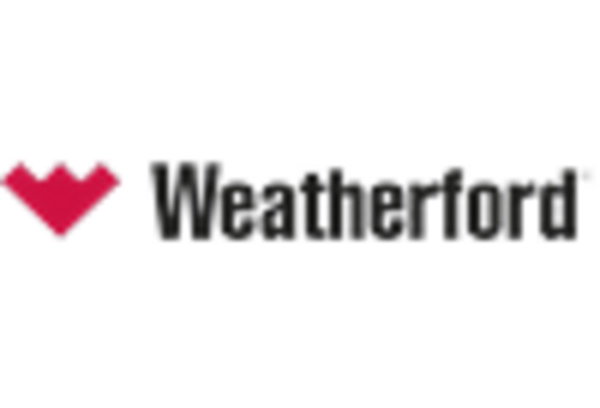








Leave a Comment